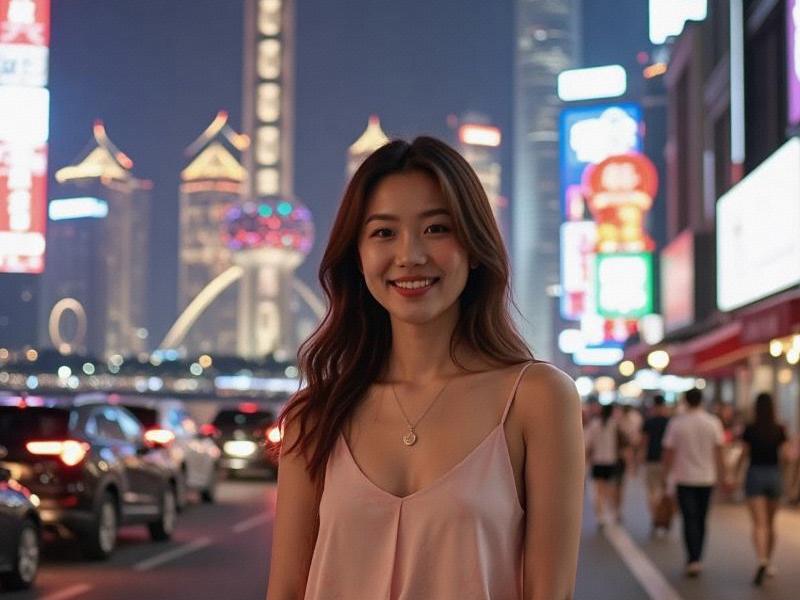This 2,800-word special report examines how Shanghai is balancing rapid modernization with cultural preservation as it solidifies its position as Asia's premier global city.

The Shanghai of 2025 presents a study in contrasts - a city where AI-powered skyscrapers cast shadows on 19th century shikumen alleyways, where traditional tea houses share streets with quantum computing labs. This duality forms the essence of contemporary Shanghai.
Architectural Renaissance
• Completion of 48 supertall (>300m) buildings since 2020
• Adaptive reuse of 126 heritage buildings as cultural spaces
• Emergence of "neo-Shikumen" residential compounds blending traditional and modern designs
• Controversial demolition of 1980s industrial zones for green spaces
上海贵族宝贝sh1314 Economic Powerhouse
- Key industry developments:
Pudong's fintech district processing $4.2 trillion annual transactions
Zhangjiang Biotech Hub producing 28% of China's innovative medicines
Lingang's AI valley housing 1,400+ tech startups
- Workforce transformation:
38% of jobs now in knowledge-intensive sectors
上海私人品茶 Growing gig economy with 920,000 registered freelance professionals
Cultural Synthesis
• "Shanghai Modern 2.0" art movement gaining international recognition
• Revival of Jiangnan cultural traditions among young creatives
• Experimental performance spaces merging Peking opera with digital art
上海娱乐联盟 Sustainability Challenges
• World's largest urban solar array on rooftops
• Ambitious plan to make 60% of transport electric by 2027
• Ongoing struggles with waste management and air quality
As Shanghai prepares to host the 2026 World Cities Summit, urban planners worldwide are studying how this eastern metropolis negotiates its complex identity - offering lessons for global cities navigating similar transformations between past and future.